Written by Dr Tram Bui, Senior Rehabilitation Specialist
Simon, a 25-year-old single male patient, was transferred to Royal Rehab Private Hospital with a traumatic brain injury as a result of a motor vehicle accident. He had orthopaedic injuries, pain, dizziness, poor concentration and moods of “feeling down”.
History
According to Simon’s discharge summary, he lost consciousness for three minutes at the scene of the accident. His Glasgow Coma Scale was 9/15 on arrival at the hospital, and there was CT evidence of bi-frontal contusions. Simon had post-traumatic amnesia for six days and was diagnosed by his rehabilitation specialist as having had a moderately severe traumatic brain injury. He also had multiple rib and pelvic fractures extending into his left sacroiliac joint and was treated with open reduction internal fixation
Simon was in an acute hospital for weeks prior to his transfer to rehabilitation. He had touch weight bearing on his left leg for a further two weeks.
Simon wanted his pain and dizziness to be better managed, and to know when he could resume driving and return to work.
Examination
On examination, Simon was in pain, and while he responded appropriately to questions, he was forgetful and had impaired concentration. He was noted to have anosmia. A positive Dix-Hallpike’s test indicated benign positional vertigo. Brief cognitive screening with the Montreal Cognitive Assessment showed memory loss and language impairments, with a total score of 24/30. Simon was also found to have a low mood.
Management
Simon was managed with topical lignocaine patches and a combination of paracetamol, NSAIDs and titration of opiate analgesia, resulting in a significant improvement in symptoms. Benign paroxysmal positional vertigo is a common finding following traumatic brain injury, occurring in up to 30 per cent of patients after a head injury. Simon’s symptoms responded well to the Epley manoeuvre, which was performed during his inpatient stay with resolution of his dizziness. Simon’s mobility upgraded
after his orthopaedic review at two weeks and his gait was stable with a crutch. He participated in speech pathology and occupational therapy to improve his word finding, reduce his mild cognitive communication deficits and provide him with memory strategies. He was referred to a clinical psychologist for adjustment issues post trauma.
Simon was advised not to drive for three months after receiving the brain injury, given the severity of his injury, risk of emergent seizures, persistent symptoms and cognitive impairment. Anosmia is common after traumatic brain injury, and while improvement can occur up to 12 months after the injury, most patients will have some persisting deficit. Safety measures such as installation of smoke alarms and monitoring of food storage were discussed with Simon.
Following discharge, Simon was referred to his local brain injury service for further cognitive assessments, multidisciplinary rehabilitation and return-to-work planning.
Discussion
Patients with moderately severe traumatic brain injury are best treated with a multidisciplinary approach. Rehabilitation starts from an inpatient setting with expertise in neurological injuries and continues in the community.
This article is a modified version of information from a paper that was co-authored with Dr Stuart Browne, Senior Staff Specialist in Rehabilitation Medicine, and Dr Clayton King, Director of Medical Services and Director of the Brain Injury Unit at Royal Rehab. All work took place in the Brain Injury Unit, Royal Rehab, Sydney, NSW.



